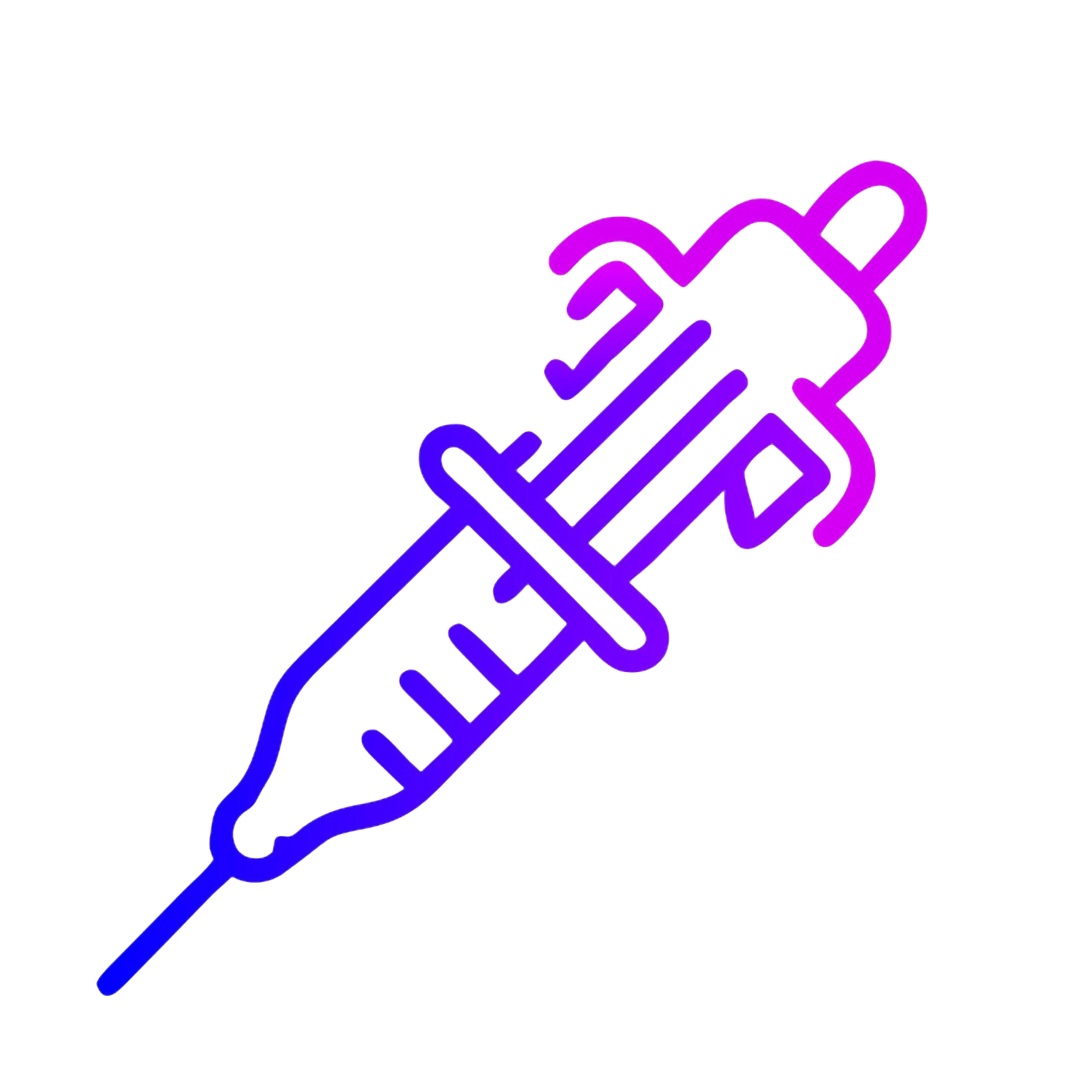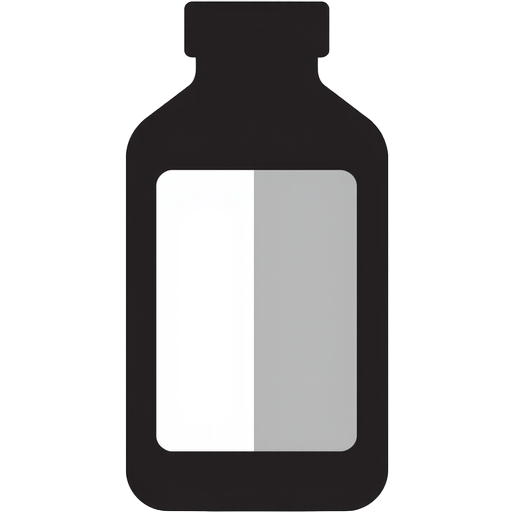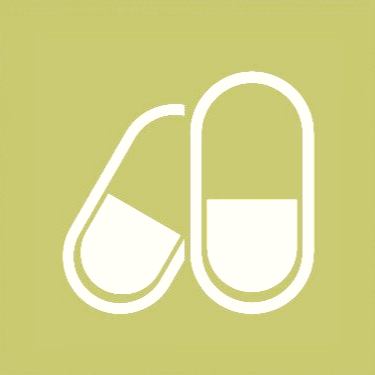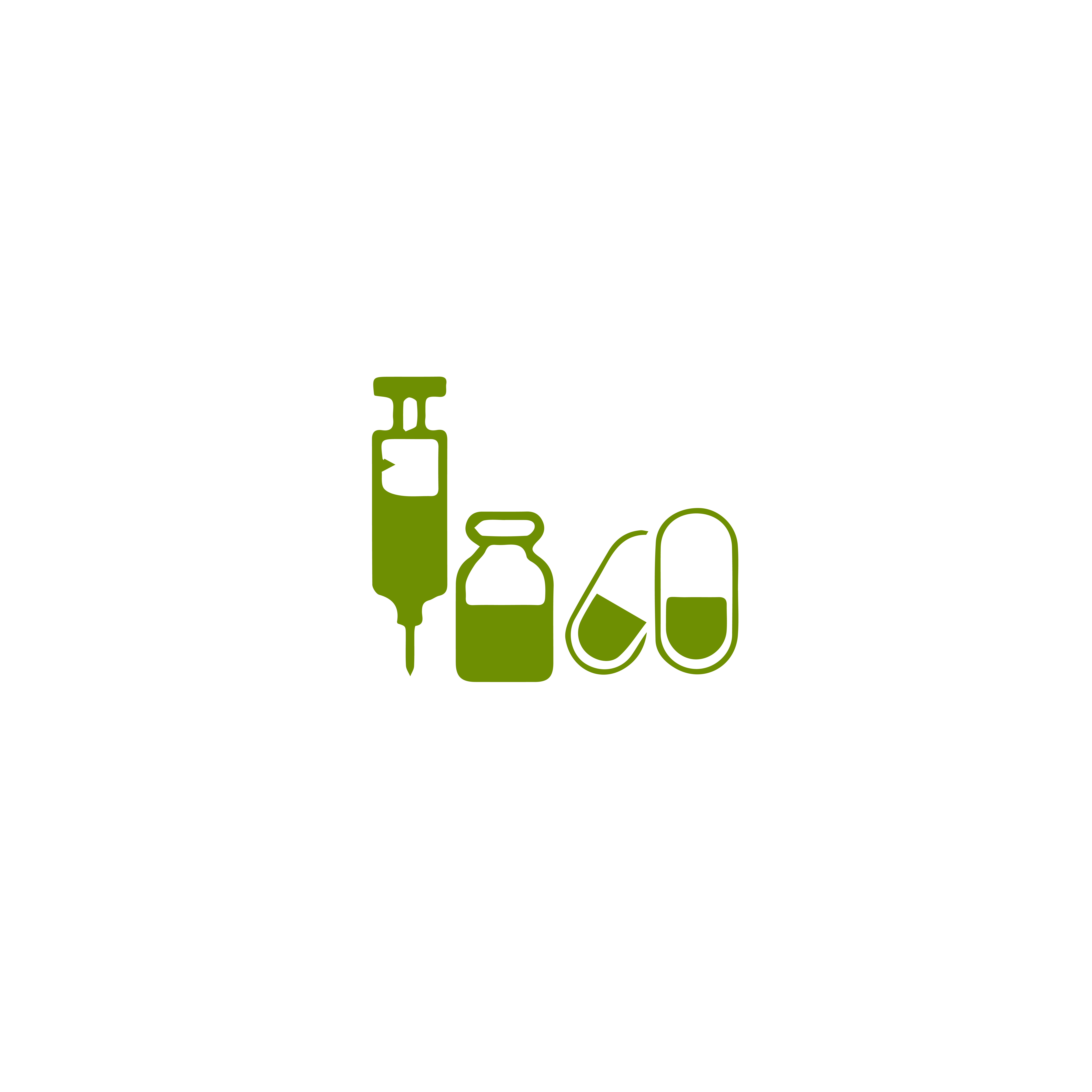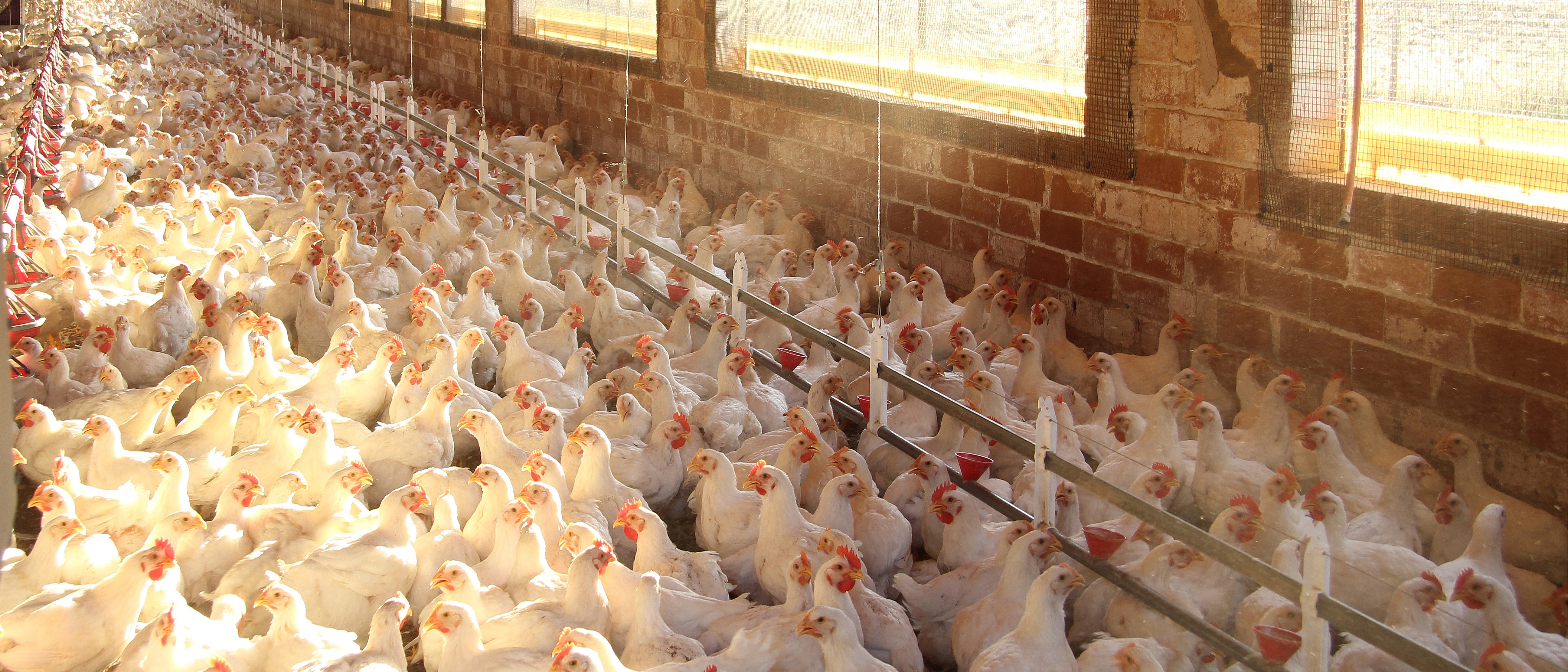Negative effects of ammonia gas accumulation in poultry houses
Ammonia gas is one of the harmful gases that accumulate automatically in poultry barns. It is a gas with an odor and can therefore be sensed in barns when its concentration increases in the barn atmosphere..
Ammonia gas accumulates in the barn in cases of poor ventilation and high humidity in the barn.
The reasons that lead to the high percentage of ammonia gas in the barn atmosphere can be summarized as follows:
1- Poor ventilation in the barn, as ventilation plays a role in expelling the air accumulated in the barn and obtaining fresh air from the barn's waste.
2- Breeding density: which increases the amount of gas formed in the barn.
3- High humidity in the barn floor and bedding, which enhances the reactions that end with the release of ammonia gas from poultry waste.
4- Not using sufficient thickness of sawdust, thus reducing the ability of the bedding to absorb moisture and neutralize the droppings and its components.
5- Feeding on protein-rich feeds.
6- Presence of kidney problems
The presence of high concentrations of ammonia gas in the barn can be inferred from:
1- The presence of a strong pungent odor upon entering the barn.
2- The presence of redness in the eyes of birds, tearing and swelling of the eyelids, and a change in the shape of the eye.
3- Decreased feed consumption.
4- Birds gathering and weak activity and vitality.
5- The beginning of the appearance of respiratory symptoms in birds.
Ammonia gases play a major negative role in the health of poultry through:
1- Affecting the cellular components lining the respiratory system, making them less able to prevent bacterial and viral invasion, thus opening the way for various respiratory infections.
2- Reducing local immunity in the respiratory system and the general immunity of the bird and opening the door for opportunistic germs to cause pathological infections, especially mycoplasma and E. coli.
3- Increased pressure on the heart and respiratory system in order to meet the needs of the various tissues and organs in the body for the required amounts of oxygen, which causes heart fatigue and the appearance of dropsy.
4- Irritation of the eye and its components and destruction of the protective components of the eye, where redness and irritation of the eye are observed, thus becoming an outlet for various bacterial infections.
5- If the increase in ammonia gas is accompanied by one of the respiratory diseases (bronchitis - mycoplasma ... etc.), it becomes difficult to control the disease due to the destruction of the lining of the respiratory system and the weakness of cellular and general immunity, thus prolonging the duration of the infection and increasing the percentage of deaths in the infected flock.
6- Decreased feed consumption and decreased feed conversion rate.
Therefore, dear breeder took the initiative to:
- Work on improving ventilation in poultry pens.
- Reducing the general humidity levels in the atmosphere of the pen.
- Work on reducing the humidity in the litter.
- Work on raising the immunity of birds by adding vitamins (Demavit AD3EC).
- Providing Proxin, which is an excellent expectorant in case of respiratory symptoms and increases appetite for feed.
- Reducing breeding density by reducing the number of birds per square meter.

